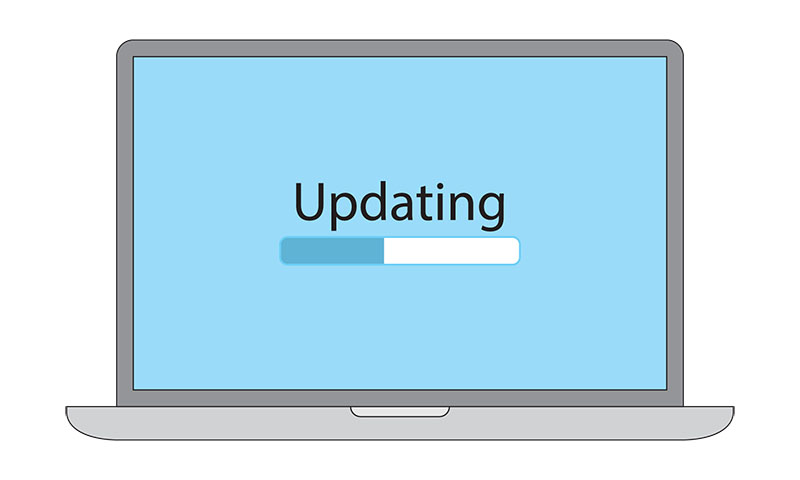
Windows 10 Breaks – When Upgrades go wrong
Windows 10 upgrade system is perhaps the most obvious way in which the Windows 10 operating system represents an interesting departure from Microsoft’s past. Microsoft’s core base of enterprise users continues to have a significant degree of control over which updates they install and when. However, users of the Home edition get their updates when Microsoft says so.
This was controversial from the very beginning and became even more so in 2018 when a Windows 10 update left a small but significant percentage of PCs dead in the water with the unsurprising result that Microsoft found itself being cursed throughout cyberspace by small business users.
For the defence : Why Windows 10 Auto updates
There’s basically nothing to defend about last year’s update itself. There is, actually, quite a lot to defend about Microsoft’s new update strategy in general. It would have done absolutely nothing to stop 2017’s WannaCry virus attack. It does go a long way to ensuring that home users (who may not be the most tech savvy of people) update their operating systems in a timely manner. Therefore, they will quickly get the benefit of the security upgrades these updates generally include.
While this may seem like a case of “the nanny state” (or, in this case, “the nanny tech giant”), there are actually all kinds of business reasons why this approach makes sense. Most of these revolve around that fact that Microsoft will want to avoid being “tarnished by association” as it was in the case of WannaCry.
Even though the IT literate will pin the blame firmly where it belongs, i.e. on the people who failed to ensure that a minimal level of security was maintained, the general public are more likely just to remember the situation as an attack on computers running Windows XP.
Microsoft is also likely to be mindful of the fact that regulators and governments currently seem to be very keen on encouraging tech giants to take steps to protect end users, even if those end users don’t necessarily appreciate it.
The case for the prosecution : Windows 10 Manual updates
Microsoft’s forced-update strategy can be a source of frustration to home users. Especially when it launches an update that will take several hours to complete without asking for permission, at a crucial point in somebody’s browsing or typing. The lack of a sense of control over the update schedule can be an annoyance and can interrupt somebody’s plans.
However, while some home users are very IT literate and object to being “nannied”, in all honesty, most will not and will probably benefit from being forced to keep their computers secure, even if it is an inconvenience. For everyone else, working with a Managed IT Service Provider can ensure your are always updated with issue.
It is, however, very easy to make a strong argument against Microsoft’s history of rolling out questionable updates that then need to be fixed by future updates and, to be fair to Microsoft, they seem to be addressing this concern.
A little-heralded change to be released soon will enhance Windows 10s ability to deal with problematic updates. Ever since Windows Vista, Windows has had some capacity to roll back failed updates and return the machine to a usable state. The sting in the tail, however, has always been that, up until now, Windows would simply keep trying to install the failed update leading to constant reboots as a machine keeps trying to install the faulty update. In future, however, Windows 10 will wait 30 days before trying to reinstall the update, by which time Microsoft will (hopefully) have fixed the problem it encountered the first time.



